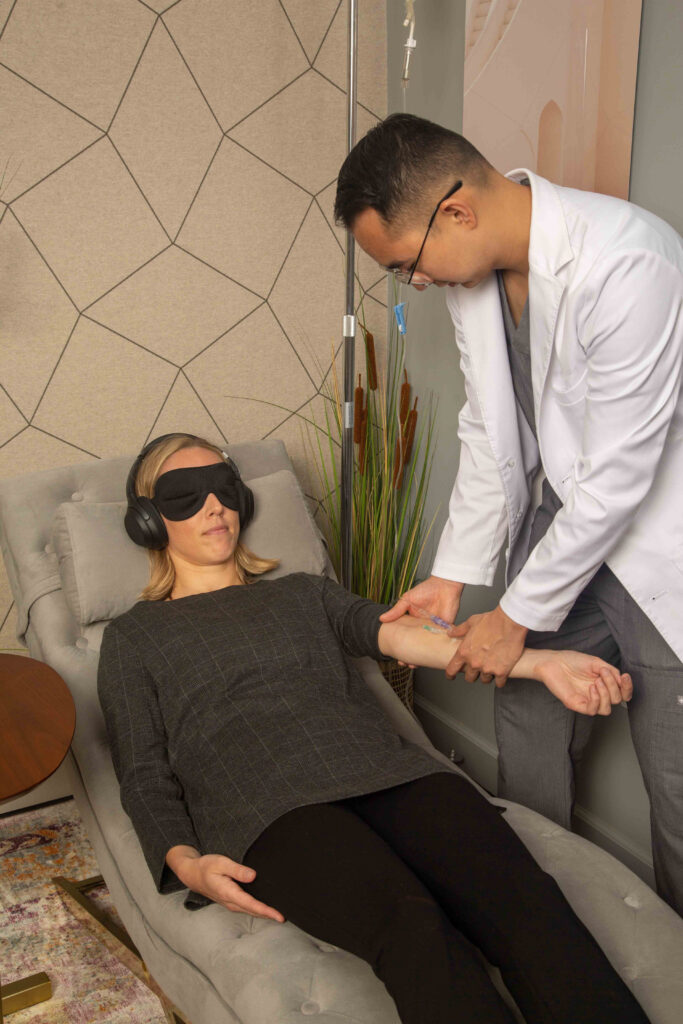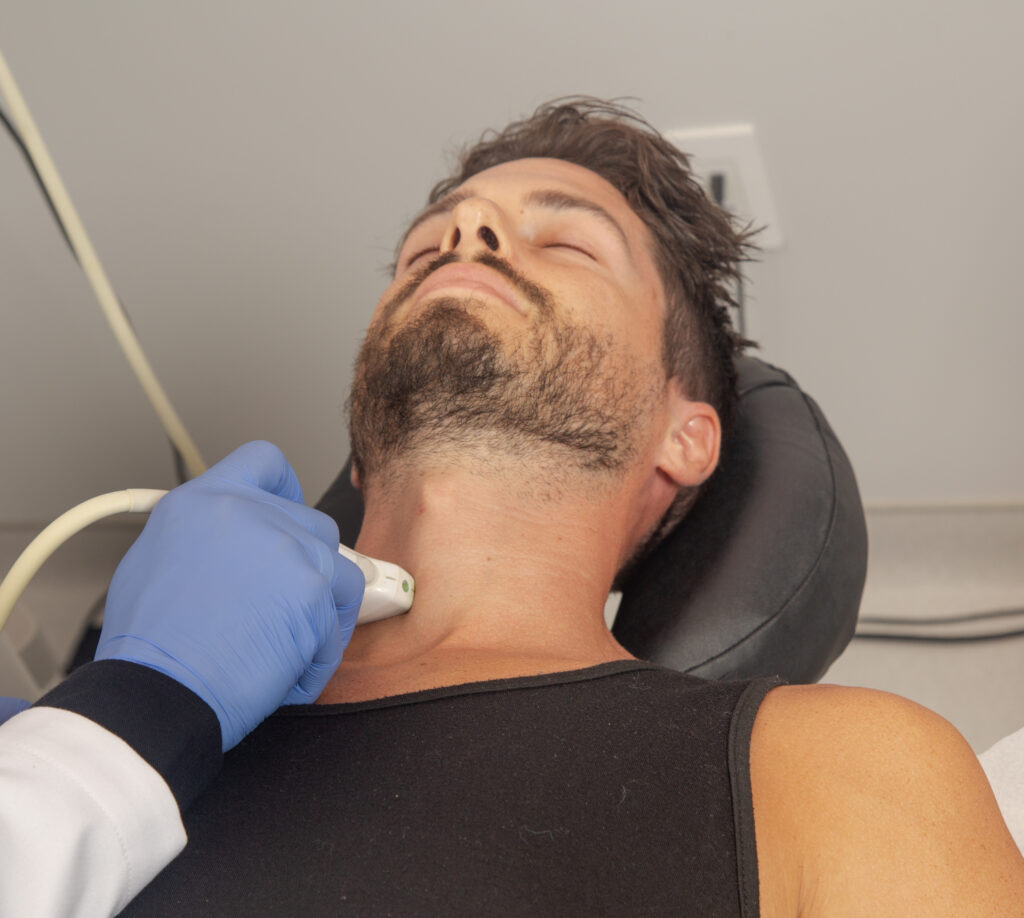What defines trauma? And how do those definitions affect our experiences?
It’s time to talk about the scope of trauma. Because we can’t heal what we don’t acknowledge.
The definition of trauma has (thankfully) evolved, but our collective understanding of what trauma encompasses is still arguable. And in order for the mental health care industry to adequately help people living with mental trauma, we have to acknowledge the scope of it—or else we risk diminishing and ignoring people’s pain.
Many people living with the after-effects of trauma struggle to receive the support they need, because they think what they’re feeling does not fit into the traditional confines of trauma.
So what actually is trauma? Based on the CDC’s definition, trauma is “an experience marked by a sense of horror, helplessness, serious injury, or the threat of serious injury or death.”
This definition is almost vague and definitely expansive, because it needs to be. The human experience is also expansive, and when we try to confine trauma to a small segment we leave experiences and people in the dark.
The Body’s Response to Trauma
Trauma leaves both a physical and mental footprint. When we are under threat, our body’s fight-or-flight response kicks in. This instinctive survival mechanism activates adrenaline, which in turn revs up our muscles, heart, and vital organs so that they can handle the physical task of fighting or fleeing danger.
The fight-or-flight response is imperative to our wellbeing, but the trouble starts when our bodies remain in a heightened fight-or-flight state after danger has dissipated. For some people, following a harrowing event, their bodies fail to distinguish between dire threats and stressful, but manageable, circumstances. It’s as if their bodies turned on an alarm system, and forgot how to turn it off. The physical manifestations of this heightened state make simply getting through the day extraordinarily difficult. Hypervigilance, flashbacks, panic attacks, and insomnia are just a few of the physical side effects that accompany ptsd. Imagine moving through the world with constant agitation, fear, and shakiness? Many people don’t have to imagine it because it is their everyday reality.
The Cultural Response to Trauma
In the 80s, the term post-traumatic stress disorder (PTSD) broke out into cultural conversation around the reassimilation struggles of veterans returning from Vietnam. It’s been difficult for both PTSD and trauma to shake this war-time lineage in the decades since. And while a significant number of veterans continue to experience trauma as a result of their time in combat, civilians are not immune to trauma.
Trauma doesn’t just occur on the battlefield. Traumatic events can occur everyday — in homes, workplaces, schools, transit systems, and just about every corner of the world. In fact, 70% of adults will experience at least one traumatic event in their lifetime, according to the National Center for PTSD.
We cannot necessarily control the traumatic events that play out in our lives, or how our body physically responds to them. BUt what we can control is how we talk about what constitutes trauma and who gets to say they have experienced it. The more we break down these barriers, the more likely people will feel encouraged to seek a treatment that works for them.
Here at Hudson Mind we know that the road to de-stigmatizing treatment is long, and we are committed to playing our part in this global effort. We understand that for many, even using the word trauma to describe personal experiences is difficult. We offer alternative treatments like Dual Sympathetic Blocks, to soothe the physical symptoms of trauma. Because when the body is not operating in a state of panic, it’s easier to talk about difficult experiences and open our minds and hearts toward healing.


